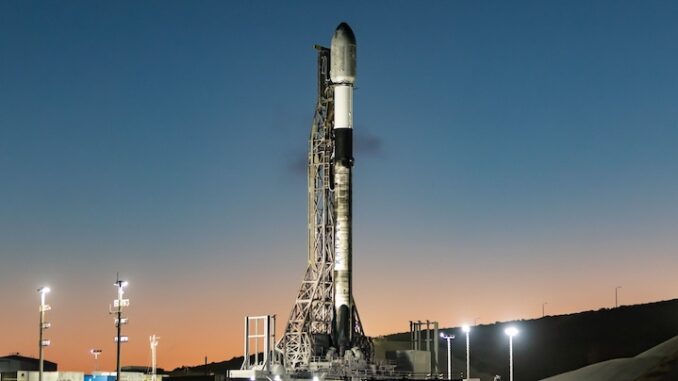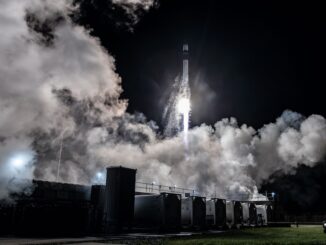The mission, dubbed Tranche 1 Transporter Layer C, will add another 21 satellites into the burgeoning constellation for the Space Development Agency. Liftoff from pad 4E at Vandenberg Space Force Base happened Wednesday, Oct. 15, at 4:06 p.m. PDT (7:06 p.m. EDT / 2306 UTC).


